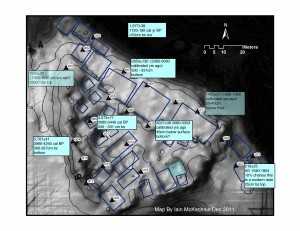The following is a comment on a blog entry by George Hoberg and Andrea Rivers.
The Northern Gateway tanker route passes almost totally through the lands and waters of the Gitxaala Nation (see map)
I suspect that the primary legal challenge to the tanker route will come from Gitxaala – of all the various intervenors Gitxaala has singlehandedly submitted written evidence the scale of which is more normal in a rights and title case. Which, ultimately, is what the gateway project will become.
The tanker route passes through some of the most amazing marine waters of the BC coast. I’ve been there many times – in fact, I grew up there. But it’s not just a nature wonderland, it’s the cultural and historical heart of the Gitxaala Nation. Over the course of many years I have conducted field reserach with Gitxaala and within Gitxaala territory. This is a difficult area for most people to get to. One needs a boat and the time to move.
What we have documented is an amazing richness of cultural heritage. Ancient villages more than 4,000 years old; tidal stone traps and modifications of the foreshore that demonstrate millennia of use and management by Gitxaala people. This all could be lost by one simple human error or machine breakdown. And for what? feeding the bank accounts of the 1% and building the industry of China’s rising capitalist class. The rest of us stand to lose a priceless cultural and ecological treasure.

